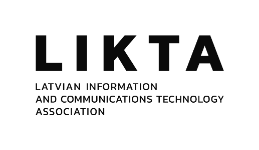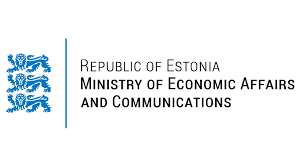E-receipt
An e-receipt is a structured, standardised machine-readable document that contains payment information in addition to e-invoice information. Therefore, paper receipts, electronic images, and PDFs are not e-receipts.
For example, the e-receipt is transferred automatically and in real time from the cash register system of the seller through the e-receipt operators to the accounting system of the legal person or to the mobile application of a private person. The service can be provided both within Estonia and across borders using the mentioned quadrilateral model. In order for the service to function, international parties have proposed to start the creation of a European e-receipt standard. The standard is expected to be completed by 2023.
In Estonia, after the completion of the standard, support measures for entrepreneurs are planned from 2023 for the piloting of the service and the faster and more widespread introduction of e-receipts.
E-receipts are already used in Estonia today. In 2014, under the leadership of Omniva and Telia, an e-receipt project was initiated, which has grown into the Telia mTasku application that is familiar to many today. The majority of the current solutions enable saving and sending digital receipts (not e-receipts) as electronic images or as PDF files.
In 2021, the analysis carried out by Ernst & Young Baltic AS revealed that the introduction of e-receipts to the extent of 20% would help entrepreneurs in Estonia gain economic benefits in the amount of up to 10 million euros. If e-receipts were introduced to the extent of 40%, the benefits would add up to 20 million euros. In 2018, the network of Finnish technology companies Teknologiateollisuus calculated that switching to e-receipts can save Finnish companies as much as 900 million euros per year.
In addition to customer convenience, e-receipts make the purchase process more environmentally friendly. In Estonia, nearly 400 million paper receipts are issued annually, the printing of which requires 20 tonnes of paper – an average of 300 trees, more than 180 barrels of oil, and 1,440 tonnes of water are needed to produce it. In addition, printing generates nearly 20 tonnes of waste.




